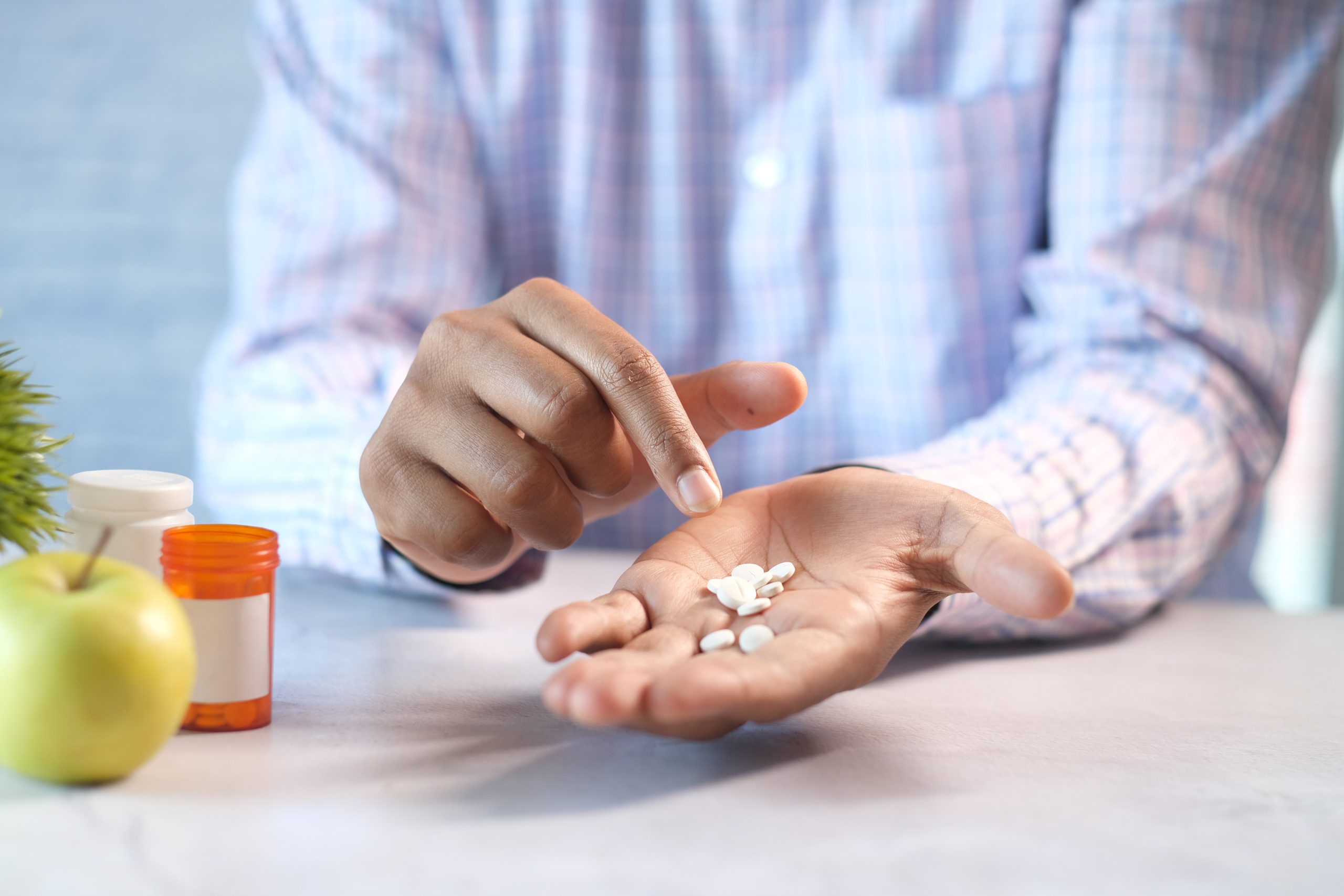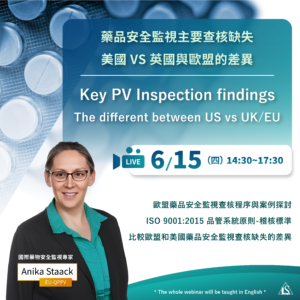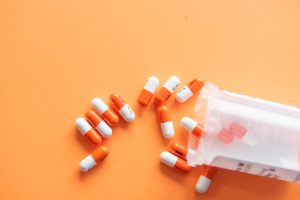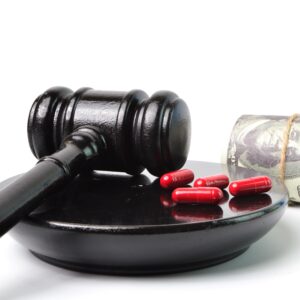Disclaimer: This article was prepared by Liang-Ni Wu in her personal capacity. The views and opinions expressed in this article are the author’s own and do not necessarily reflect the policy or view of Merck KGaA.
Further to my Introduction to Drug Safety Series posted in August 2016, I did not expect to a hot discussion over this not-so-popular topic. Indeed, there were only two comments posted – but I was surprised, and quite amazed to read these comments, one about a commercial slogan saying that safety first and then efficacy, the other one considering efficacy as part of safety issues – these are exactly the first two points I wrote below when I prepared this question. It said two things – first, the slogan of that television commercial is so impressing that people recalled that television commercial when I wrote the below question; second, my readers and I have the same starting point, which is a good sign.
Efficacy versus Safety, which comes first?
One day I saw a TV commercial program of a pharmaceutical company in Taiwan, and I heard an interesting slogan. The narrator in the commercial program stated that “We primarily ensure that our products are safe for human, and then we look into the efficacy of our products…” My pharmacy education told me that drug developers have to target efficacy first and to further understand the safety profile of a new drug, and it does not sound logical to flip the priority and to state safety comes first. Perhaps because of this strange sound, I have a vivid memory about it and thought over this slogan again and again for several years.
First of all, there is no clinical benefit to develop and market a product which is primarily “safe” but with unproven efficacy to its target indication. Furthermore, an ineffective drug brings risks to patients, for that the patients’ conditions may turn worse due to lack of efficacy of the drug. This is especially the case for patients of critical conditions – an ineffective drug can be fatal. For example, if a patient has an active infection and has to receive antibiotics, when the antibiotics is not effective, after a course of treatment the infection cannot not controlled and the patient can die from complications. Ineffective drug is also unsafe for patients of chronic conditions. For patients of hypertension, ineffective treatment results in uncontrolled hypertension, and the patient can develop cardiovascular or cerebrovascular events, for example stroke. Therefore, efficacy to treatment has to be ensured before we can be sure about safety. Lack of efficacy is also a type of safety reports to be collected. I will introduce more about the types of safety reports in my future articles.
The slogan may be right in the sense that that a company shall not wait until a drug is marketed to ensure patient safety. During drug development, a company should ensure the quality of the drug (for example, enhanced manufacturing process and test methods to reduce impurity and avoid contaminations), conduct studies to understand the pharmacokinetics/pharmacodynamics, pharmacology and toxicology profiles of the drug and to carefully control and monitor patients exposed to the unapproved drug. These studies/measures however only contribute partially to picture the safety profile of a drug. Before a drug is proven to be effective and marketed, due to the pharmacological/toxicological data from studies of animals which do not necessarily suggest clinical effects in human, and due to limited number and strictly-controlled conditions of patients studied in the clinical trials, the safety profile of a drug can only be further understood and risks can be identified when more data are systematically collected after the drug is proven as effective and marketed, and further consumed by patients in wider populations. Therefore, technically speaking, it is not possible to ensure drug safety before proving the efficacy. In this aspect, market authorization holders (MAHs, the companies who hold drug licenses) in Europe and several other countries are required to have a pharmacovigilance system in place to allow the continuous collection and evaluation of safety data after the product enters the market. The pharmacovigilance system will be introduced further in my future articles.
After all, I believe that the slogan actually means that the company only chooses safe (low-risk) products to develop. Whether a drug is safe for patients to use, is however not an absolute value. An effective anti-cancer drug can be too toxic to be even tested in a healthy human, but a cancer patient may benefit from the anti-cancer therapy although at risk of experiencing the toxic effects. If the toxic effects can be prevented or reduced by measures such as supplemental therapy, the risk can be reduced with treatment benefit remains (or even higher, because the patient can tolerate the treatment better). Similarly, taking pain killers to relief pain does not worth a risk to develop heart attack, but if the risk is temporary gastrointestinal discomfort which can be managed, the benefit-risk profile can be acceptable. Furthermore, a risk specific to certain population (for example, patients of renal insufficiency) can be mitigated by restricting the use of the drug by such type of patient population through the language on product labels and information materials to physicians/patients. Ultimately, the evaluation of the treatment benefits versus risks is not a one-time assessment. As long as there are patients exposed to the drug, in the pharmacovigilance system, the efficacy and safety data should be collected, evaluated and analysed in ongoing basis, and further actions should be taken to if a new risk is identified – these are associated with signal management and risk management – which will be introduced in my future articles.




